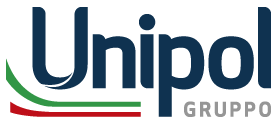Proactive approach
The Group has decided to adopt a proactive approach to managing reputational risk, integrating it into its Enterprise Risk Management (ERM) system, but at the same time considering reputational risk as a specific risk that must be managed as an event in its own right because it presents peculiar features that require a dedicated approach and unique competencies. Effective management of reputational risk capable of grasping the complexities of multidimensional risk in fact requires a holistic view that runs across the various functional areas of the Group, requires the cooperation between Risk Management and Communication and the other departments responsible for managing relations with the various stakeholders and cannot be separated from the integration of the Management’s internal view (Inside-Out View) with the stakeholders’ external view (Outside-In View).
Center of Reputational & Emerging Risk

The methodological framework adopted by the Group focuses on the so-called “Alignment factor”, checking the alignment of four key elements over time - promises, expectations, actions and perceptions - and focusing on areas where the perceptions derived from experience do not meet expectations, analyzing them from a dual standpoint: strategic (gap between promises and expectations) and operational (gap between actions and perceptions).
To enrich the model with a pre-emptive approach, the Group has created a Monitoring Center called “Monitoring Center of Reputation & Emerging Risks”, which is the outer frame to the reputational risk management framework and allows the Company to set it up in a broader context, forestalling future trends that will influence the stakeholders’ expectations, namely social, technological, environmental and political changes in the external environment, with the associated risks and opportunities.
The Monitoring Center of Reputation & Emerging Risks allows the Company to focus the analysis of consistency over time between the stakeholders’ needs and the Group’s responses by filtering “material” issues through the Meeting Point foresight model today and over the next 3-5 years and it is an important element of connection with Sustainability policies as it is also used for the construction of the Materiality Matrix.


